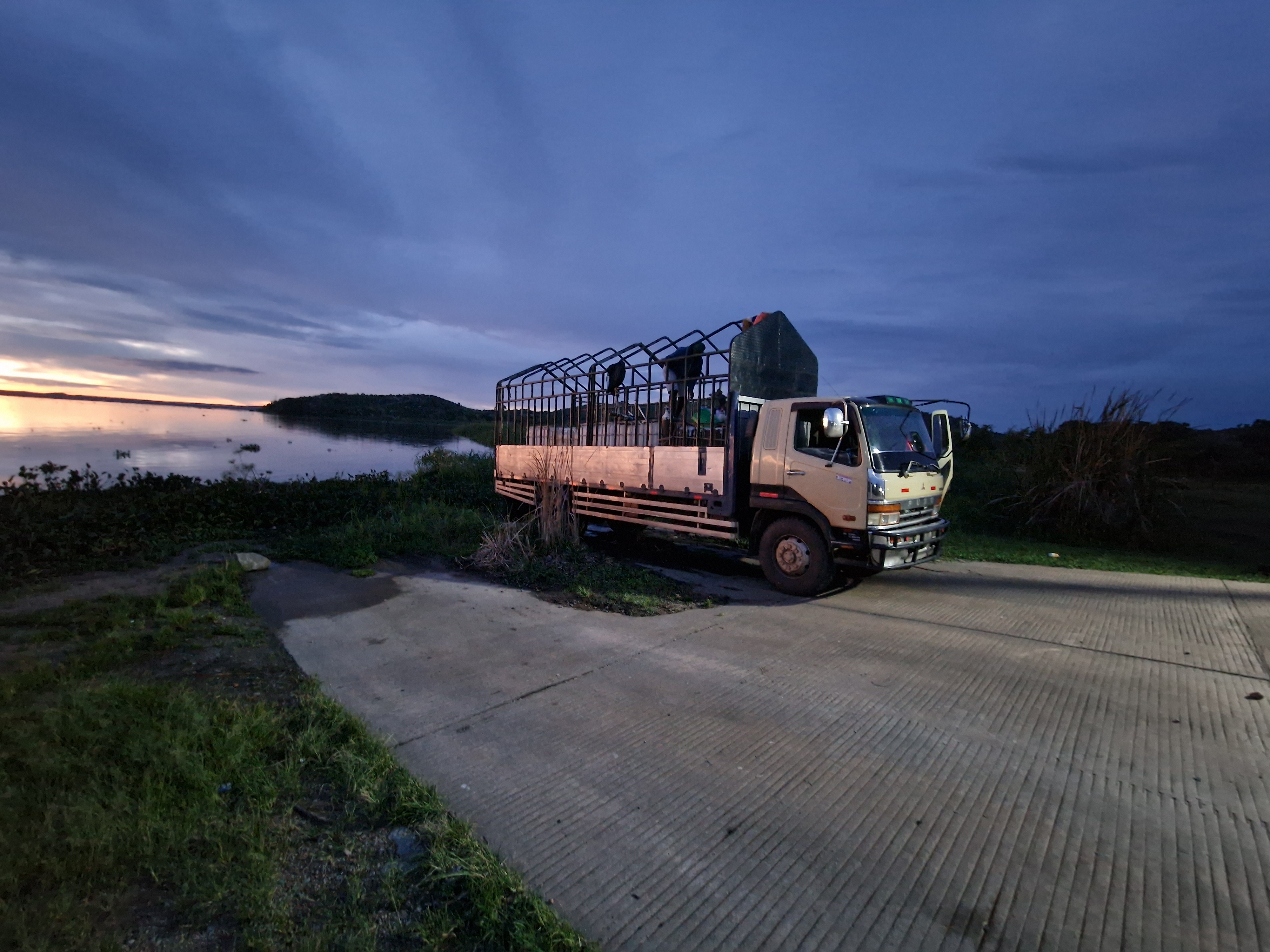
Project- Catfish:
Breed, tag, release, re-capture
We know that catfish eat the snails responsible for Schistosomiasis.
We suspect (data still being analysed) that the depletion of this predator by over fishing increases the prevalence of Schistosomiasis in the local Human population. So far we can see a correlation between areas with low fish abundance and high Schistosomiasis prevalence- but as we all know correlation is not (always) causation.
The purpose of this project was to determine if a restocking scheme for catfish could have a positive impact on both infection rates and food availability.
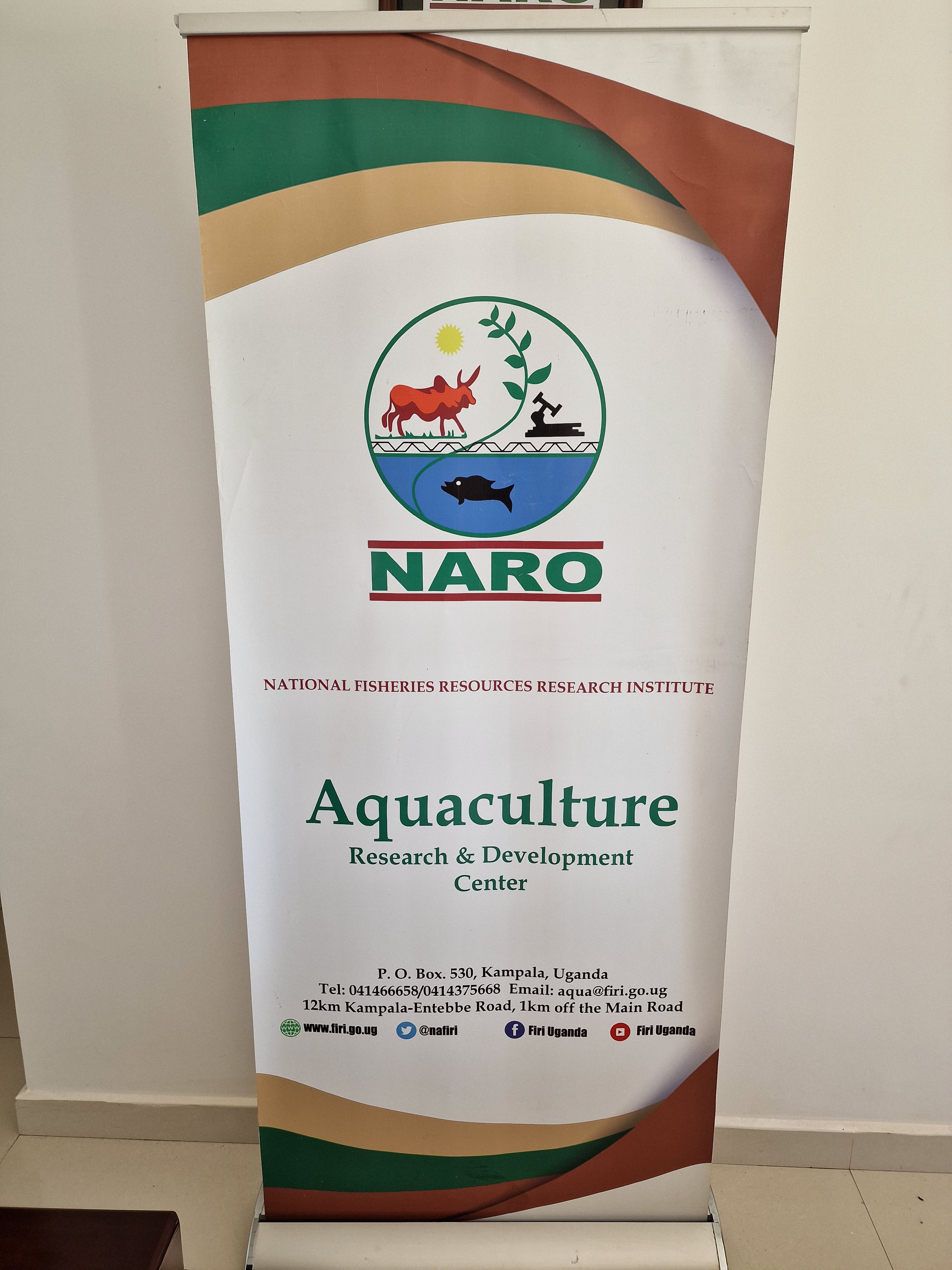
Catfish were grown in Uganda at the NARO facility in Kajjansi
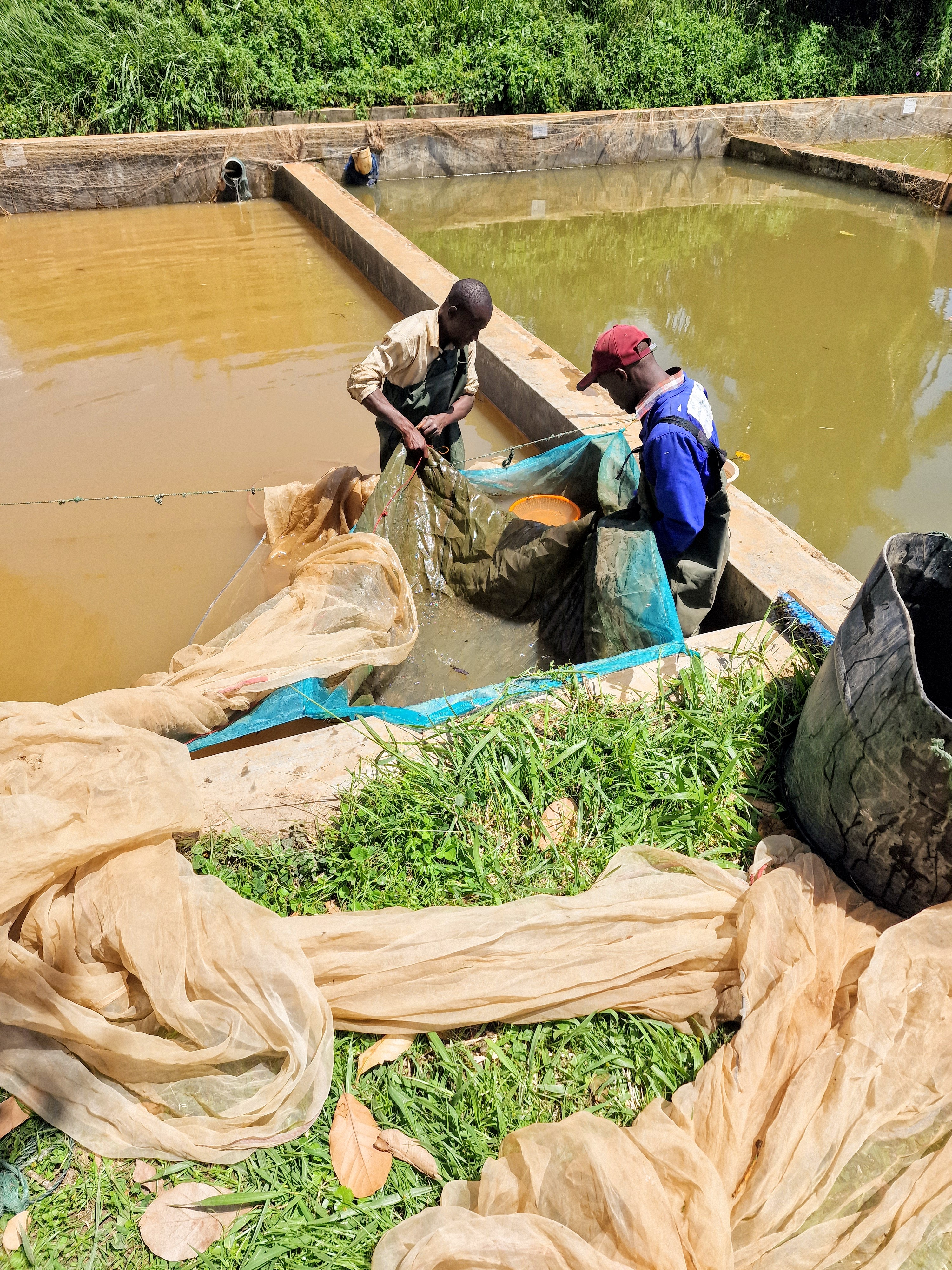
Once grown the catfish were harvested from the ponds and anesthetised.
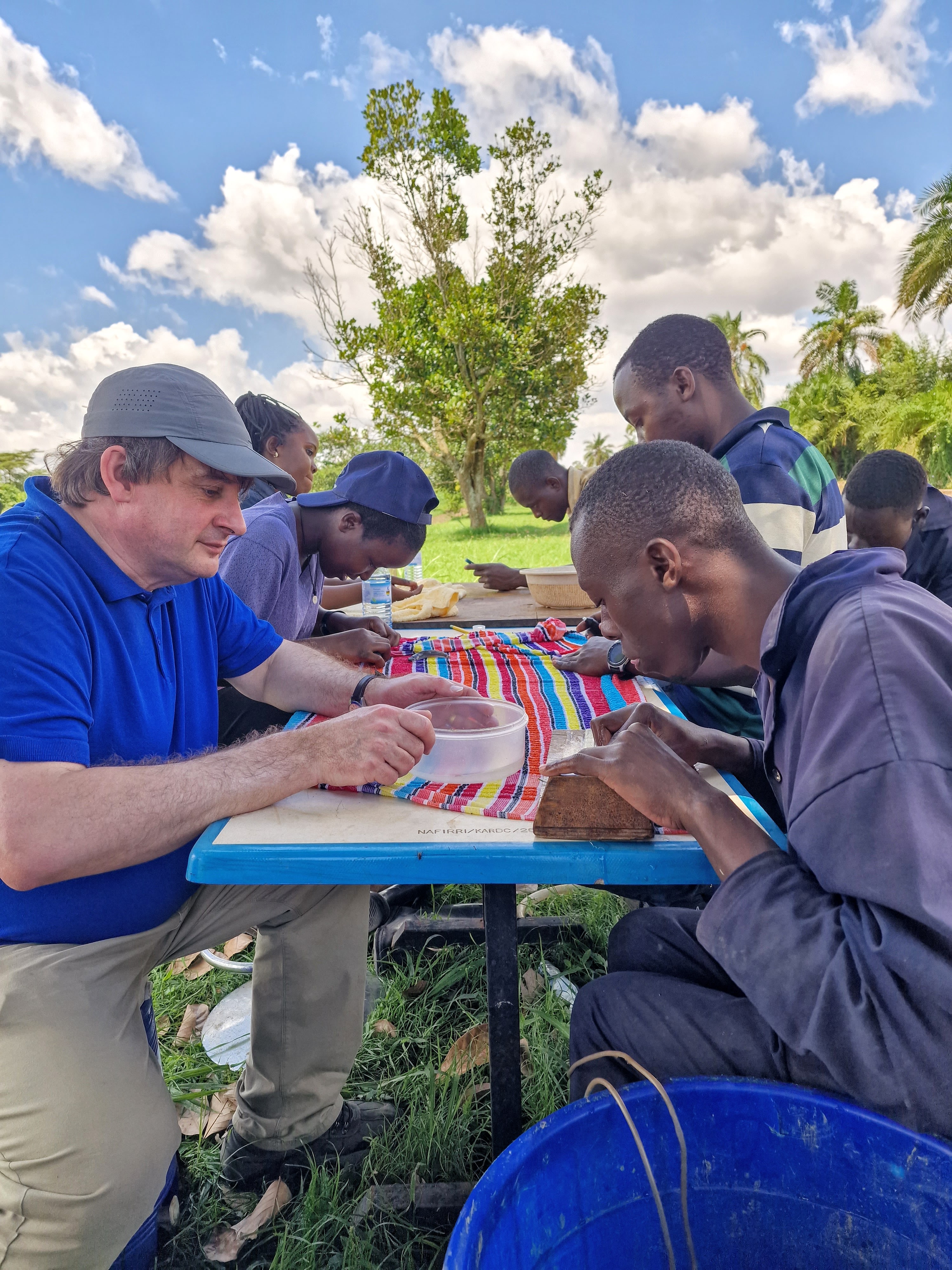
We then taught the local team how to use the fluorescent polymer tags
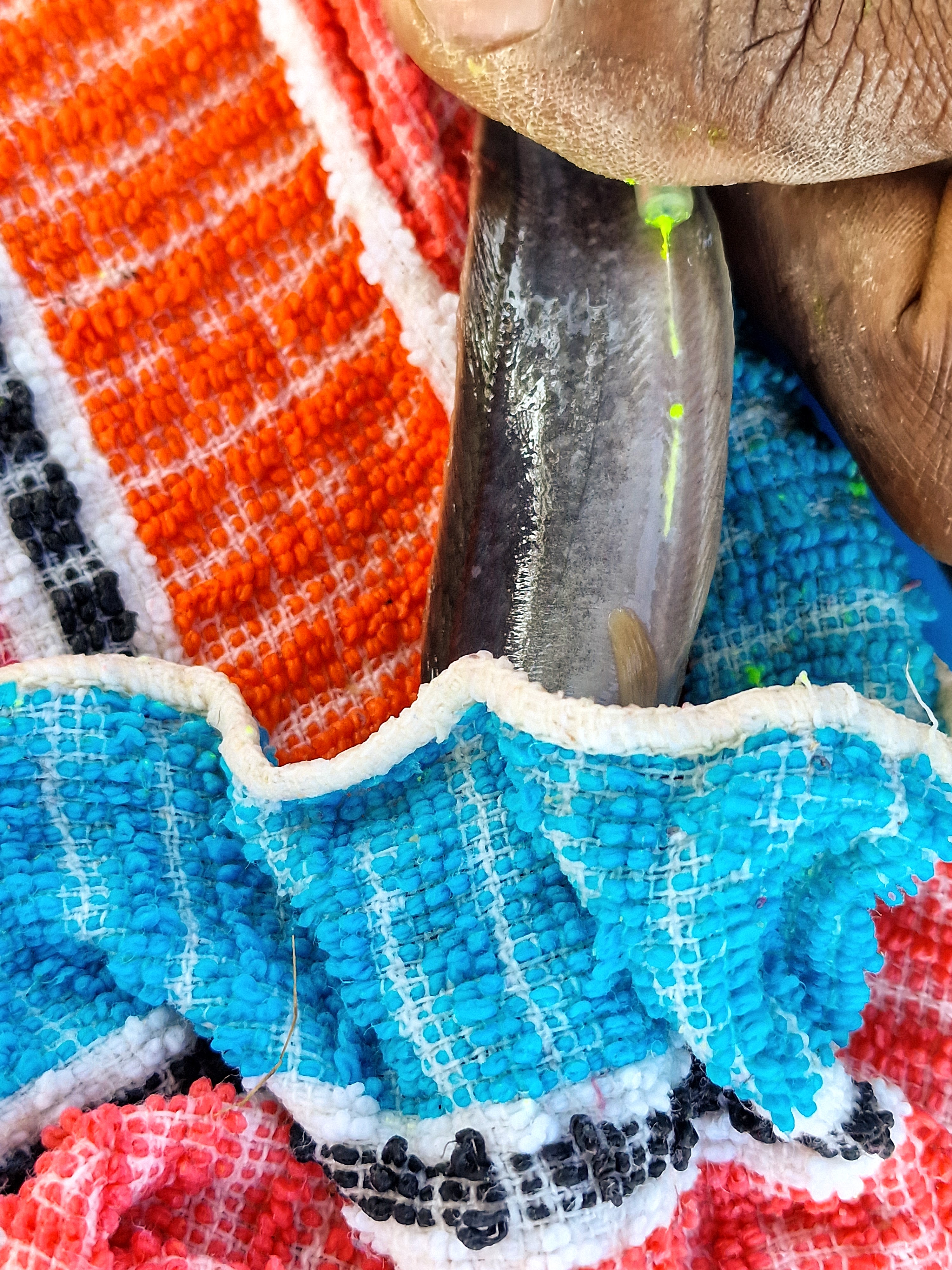
The huge advantage of this type of tag is that no reader is required. You can simply see it with the naked eye like a tattoo under the skin. This is ideal to enable the local fishers to report any catches.
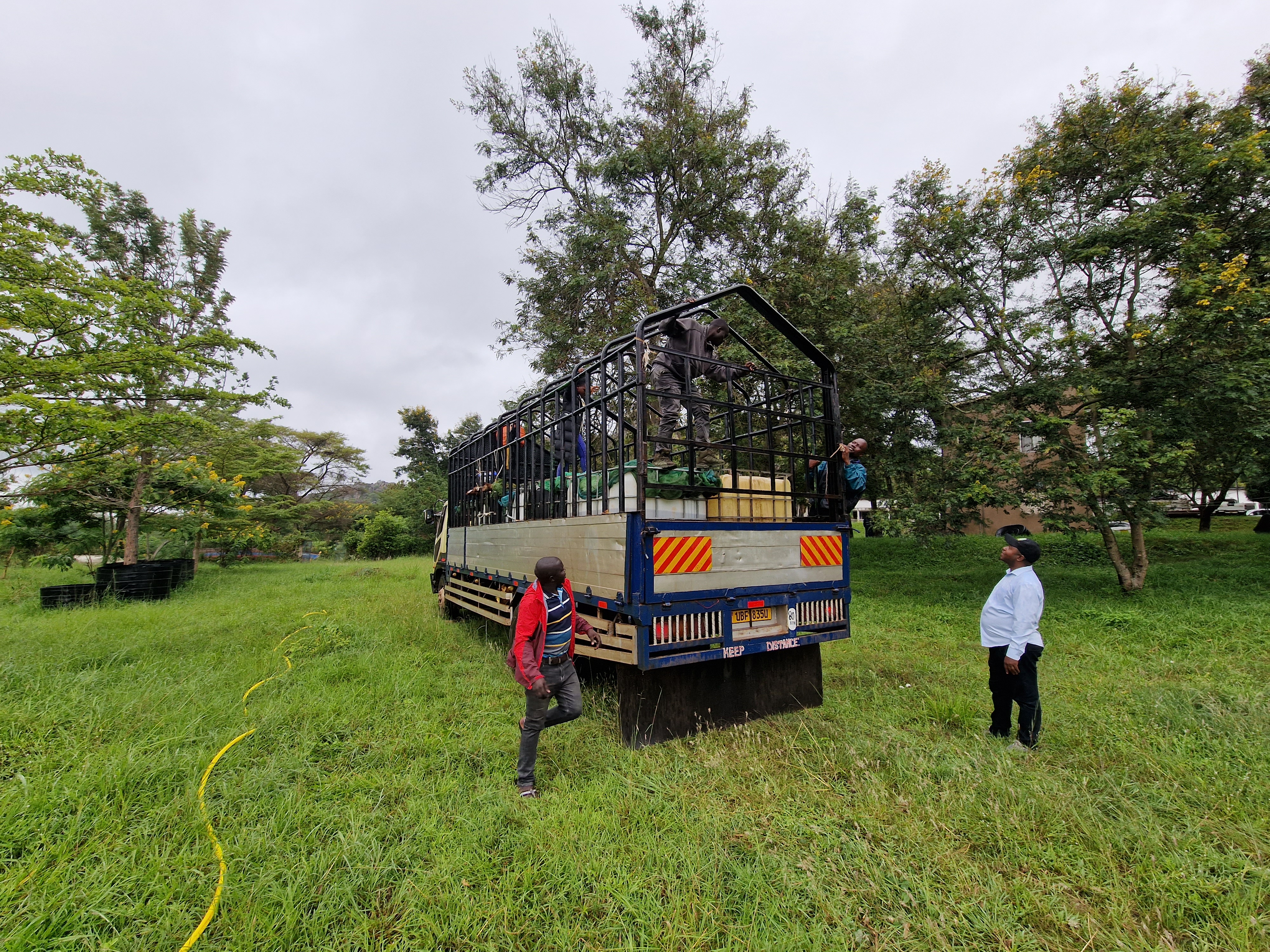
We then took the fish for a little drive from Uganda to Tanzania!
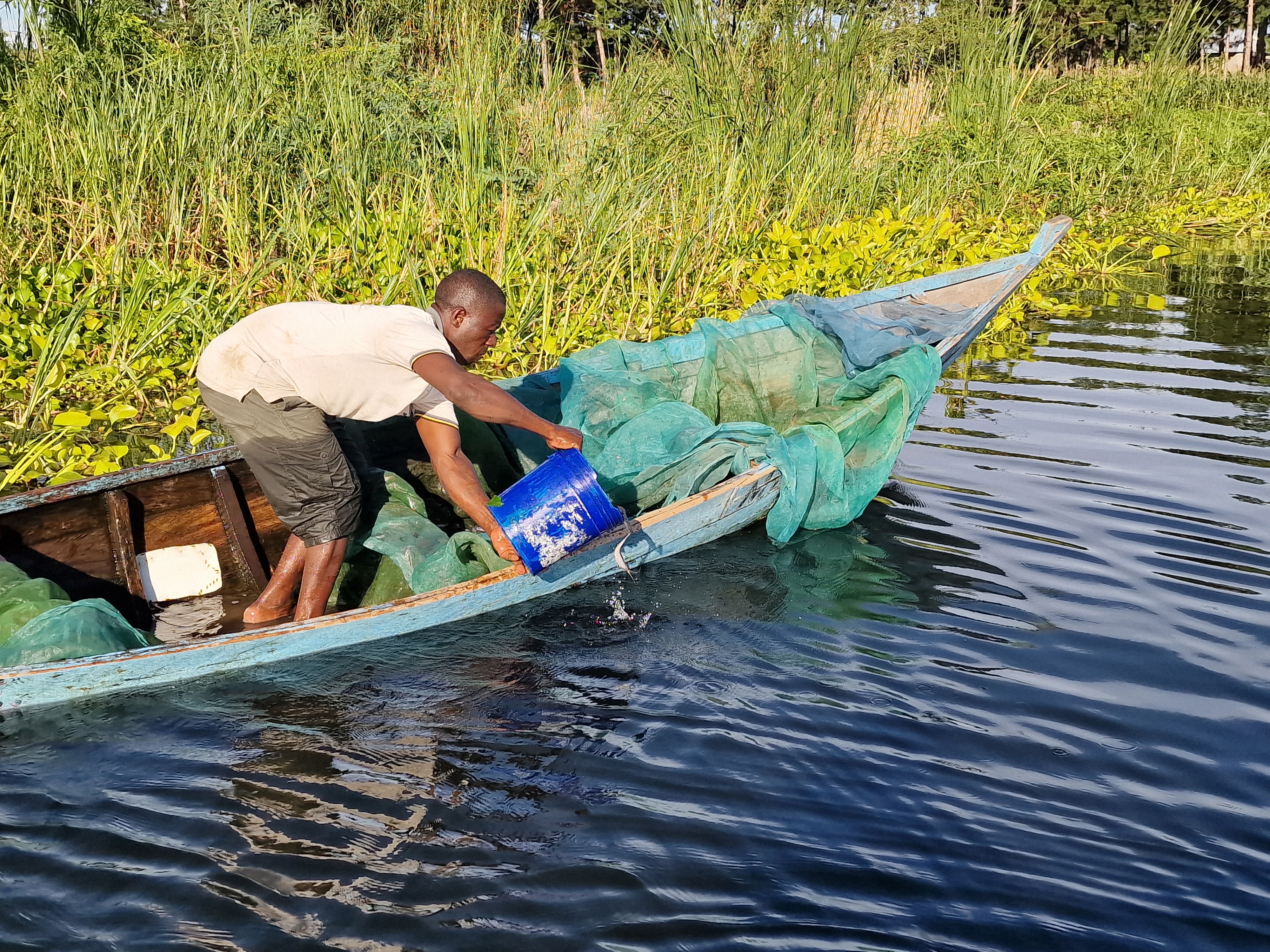
Here they were released into several sites around the lakeshore. We will then carry out a series electrofishing surveys over the next couple of years and record the percentage of marked catfish which we recover. This will tell us how well the introduced fish survive. By comparing these data to historical and future Schistosomiasis infection rates we can determine if a larger restocking program will have worthwhile impact.